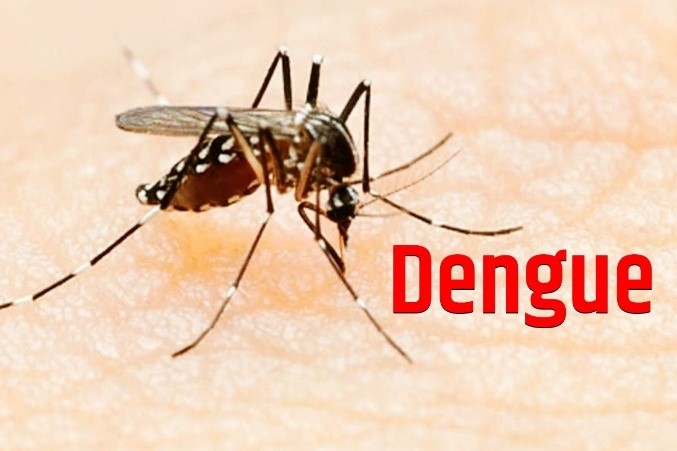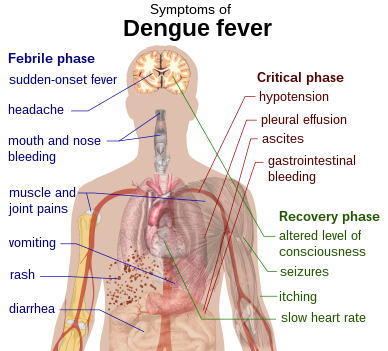Free Courses Sale ends Soon, Get It Now


Free Courses Sale ends Soon, Get It Now



Disclaimer: Copyright infringement not intended
Context
Dengue
About
Dengue Virus
A serotype or serovar is a distinct variation within a species of bacteria or virus or among the immune cells of different individuals. These microorganisms, viruses, or cells are classified together based on their surface antigens, allowing the epidemiologic classification of organisms to the subspecies level.
Serotyping often plays an essential role in determining species and subspecies.

Transmission
Impact on body
Symptoms
Treatment
Prevention
Types of Vaccines
Burden of Dengue
World
India
How has Dengue evolved in India?
What can be done at Policy Level?
Service provision:
Creating resources:
Financing:
Stewardship and governance:
Prevention better than cure
Closing Remarks
|
PRELIMS PRACTICE QUESTION Q. Which of the following statements are correct? a) Dengue fever virus (DENV) is an DNA virus of the family Flaviviridae; genus Flavivirus and it has four serotypes: DEN-1, DEN-2, DEN-3, and DEN-4. b) Dengue is spread by several species of female mosquitoes of the Aedes genus, principally Aedes aegypti. c) Dengue Virus replicates in white blood cells called monocytes and macrophages, which are a part of the body's immune system. d) The vaccine Dengvaxia is only recommended in individuals who have been previously infected with Dengue Virus, or in populations with a high rate of prior infection by age nine. 1. a and b only 2. a, b and c only 3. b, c and d only 4. a and c only Answer: 3 |
© 2024 iasgyan. All right reserved